Stringent Safety Regulations
The implementation of stringent safety regulations is a critical driver for the Wind Turbine Brakes Market. Regulatory bodies across various regions are enforcing rigorous safety standards to ensure the operational integrity of wind turbines. These regulations often mandate the use of advanced braking systems that can withstand extreme weather conditions and operational stresses. As a result, manufacturers are compelled to innovate and enhance their braking solutions to comply with these regulations. The increasing focus on safety not only protects investments in wind energy but also fosters consumer confidence, thereby driving the demand for high-quality wind turbine brakes.
Growth of Offshore Wind Farms
The expansion of offshore wind farms is emerging as a significant driver for the Wind Turbine Brakes Market. Offshore installations typically require specialized braking systems due to the unique challenges posed by marine environments. The increasing number of offshore projects, driven by the need for higher energy yields and less land use, is likely to boost the demand for advanced braking technologies. Recent estimates suggest that offshore wind capacity could reach over 200 GW by 2030, creating substantial opportunities for brake manufacturers. This trend indicates a shift in focus towards developing robust and reliable braking systems tailored for offshore applications.
Increasing Demand for Renewable Energy
The rising demand for renewable energy sources is a primary driver for the Wind Turbine Brakes Market. As nations strive to reduce carbon emissions and combat climate change, investments in wind energy have surged. According to recent data, the wind energy sector is projected to grow at a compound annual growth rate of over 8% through the next decade. This growth necessitates the development and installation of efficient braking systems to ensure the safety and reliability of wind turbines. Consequently, manufacturers of wind turbine brakes are likely to experience heightened demand as the industry expands, leading to innovations in braking technology and materials.
Technological Innovations in Brake Systems
Technological advancements in braking systems are significantly influencing the Wind Turbine Brakes Market. Innovations such as advanced hydraulic systems, electronic braking systems, and smart sensors are enhancing the performance and reliability of wind turbine brakes. These technologies not only improve safety but also optimize the operational efficiency of wind turbines. For instance, the integration of predictive maintenance technologies can reduce downtime and maintenance costs, which is crucial for operators. As the industry continues to evolve, the adoption of these cutting-edge technologies is expected to drive market growth, with manufacturers focusing on developing more efficient and durable braking solutions.
Rising Investment in Wind Energy Infrastructure
The rising investment in wind energy infrastructure is a pivotal driver for the Wind Turbine Brakes Market. Governments and private entities are channeling substantial funds into the development of wind farms, driven by the need for sustainable energy solutions. This influx of capital is facilitating the construction of new wind projects, which in turn increases the demand for essential components, including braking systems. As investments in wind energy infrastructure continue to grow, the market for wind turbine brakes is expected to expand correspondingly, with manufacturers likely to benefit from increased orders and the need for innovative braking solutions.
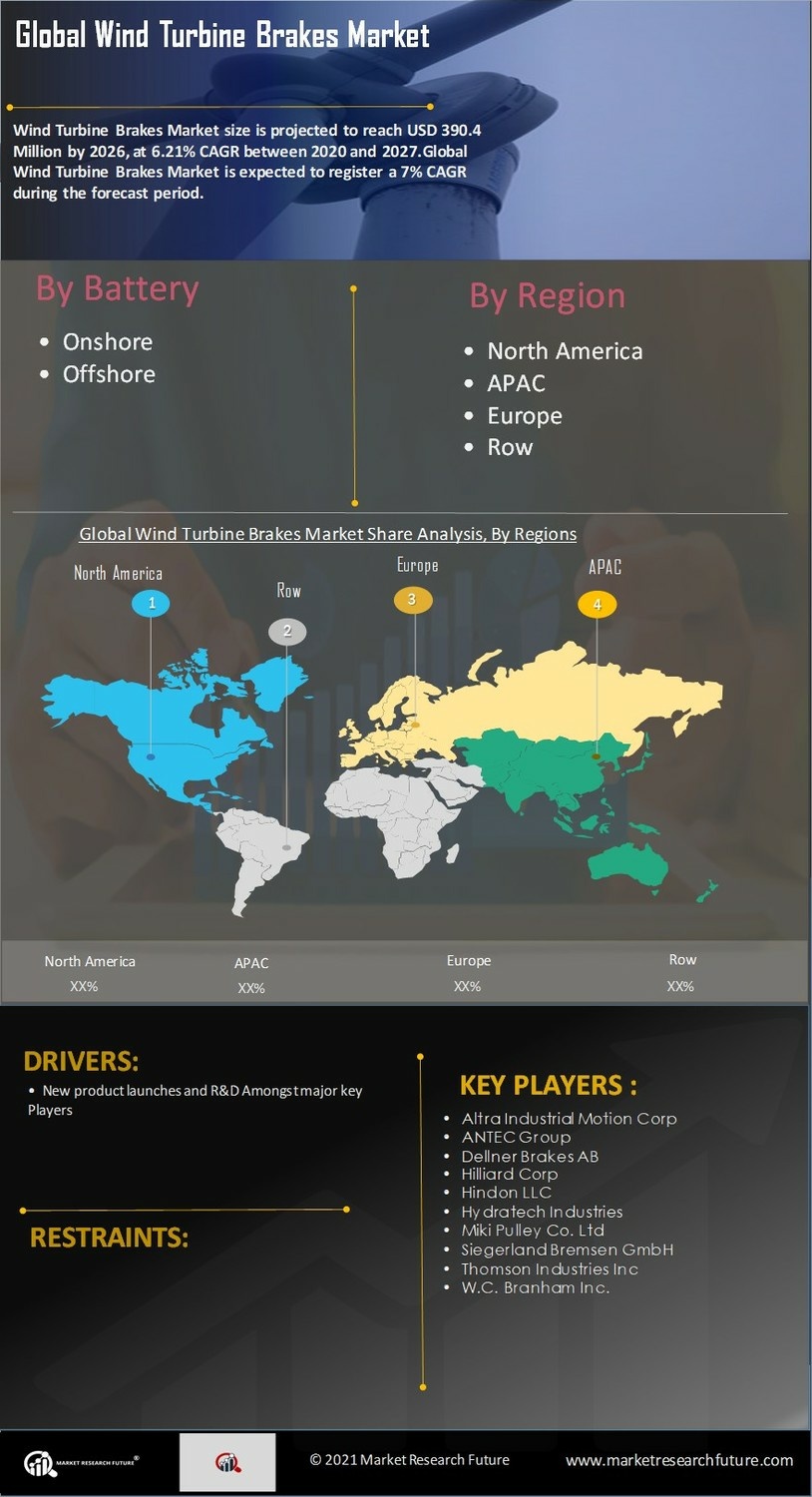


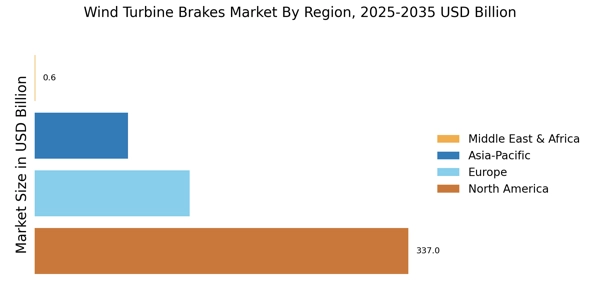
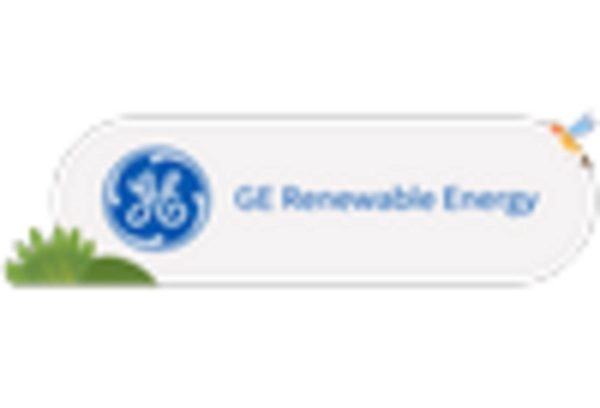



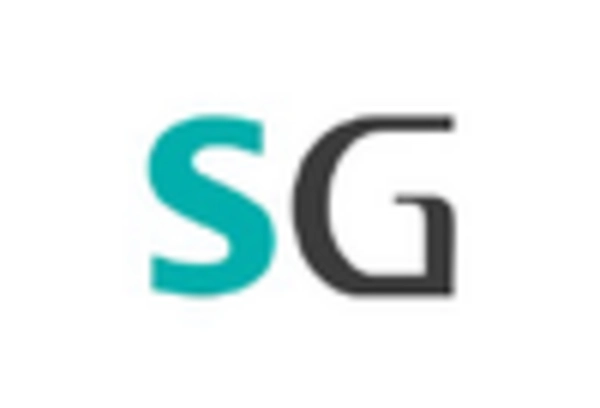
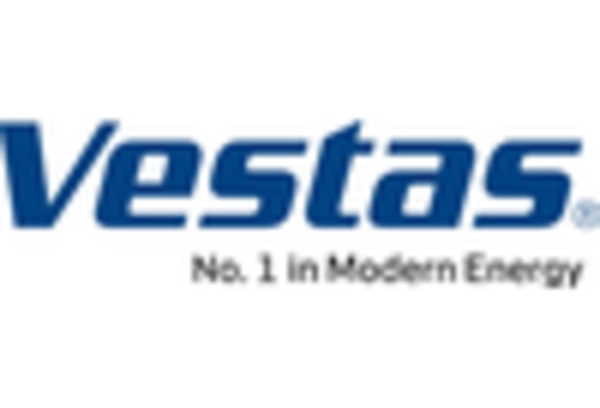








Leave a Comment